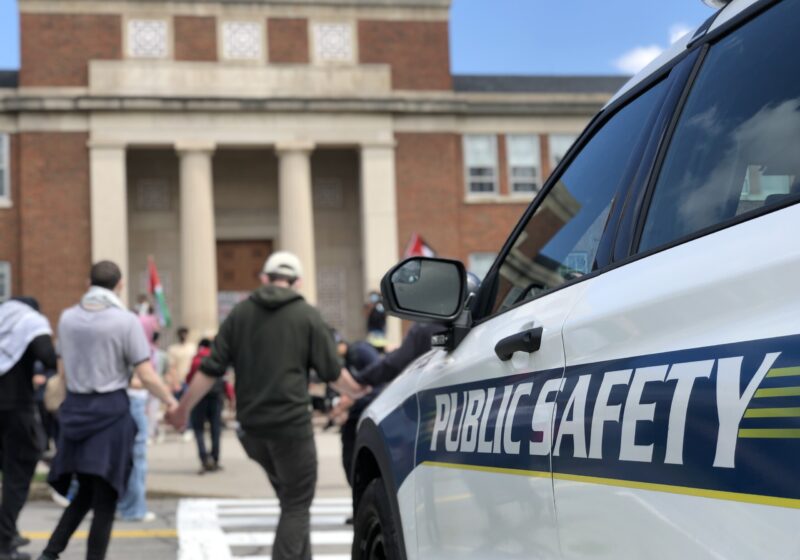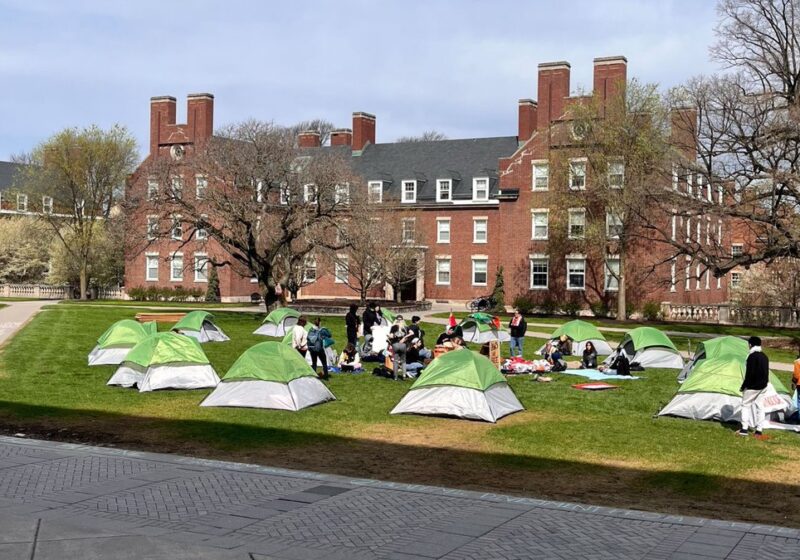A new technology, combining image authentication and verification software designed at UR with handwriting recognition programs developed at the University at Buffalo, aims to eliminate mistakes caused by doctor’s illegible handwriting on prescription drug forms.
MobileLexis, a Salt Lake City, Utah, company, is using AuthentImage, developed at UR, and Accuscript, developed at the University at Buffalo, to create a device that can decipher a doctor’s handwriting, process the information and then send it electronically to a pharmacy.
AuthentImage is able to verify both the integrity and security of a digital image. It does so by embedding small bits of data into an image and then retrieving the data later without changing it. The embedded information can tell where a source came from, such as a specific digital camera or the individual who authored the image.
“The technique will be widely applicable to situations requiring authentication of images with detection of changes, and it can also be used to encode information about the image itself, such as who took the picture, when or with what camera,” Professor of Electrical Engineering Murat Tekalp and co-creator of AuthentImage said.
The technology allows for the secure transmission of image files. This is very important in areas where the integrity of an image is crucial, such as military or medical or legal applications. Verifying the integrity of a document is important because it is so easy to alter images using off-the-shelf software.
“The greatest benefit is in determining if anyone has clandestinely altered an image,” Tekalp said. “These days, many commercial software systems can be used to manipulate digital images. By encoding data in this way, we can be sure the image has not been tampered with, and then remove the data within it without harming the quality of the picture.”
Accuscript is a handwriting recognition program that takes writings on digital paper and turns them into digital images.
The program, which is embedded into the special paper – like that used when signing for a package – can easily take what was written and turn it into readable text.
“Most of these devices are just for signatures and nobody ever will read or recognize them unless there’s a question about one of them,” Tekalp said.
“With digital paper applications, the bar is much higher,” Venu Govindaraju, Professor of Computer Science and Engineering at the University at Buffalo, said. “The software has to be application-specific, so that a basic lexicon, or vocabulary, can be constructed, which guides the software program in recognizing words correctly.”
AuthentImage and Accuscript were combined by MobileLexis into MDScript, an electronic pad that processes the doctor’s prescription into a digital image and then, using AuthentImage, securely transfers the image to any pharmacy supporting the system.
AuthentImage was licensed to MobileLexis in July by UR, which owns the technology. The University at Buffalo is in the final stages of licensing Accuscript to MobileLexis.
Pisarski can be reached at apisarski@campustimes.org.


